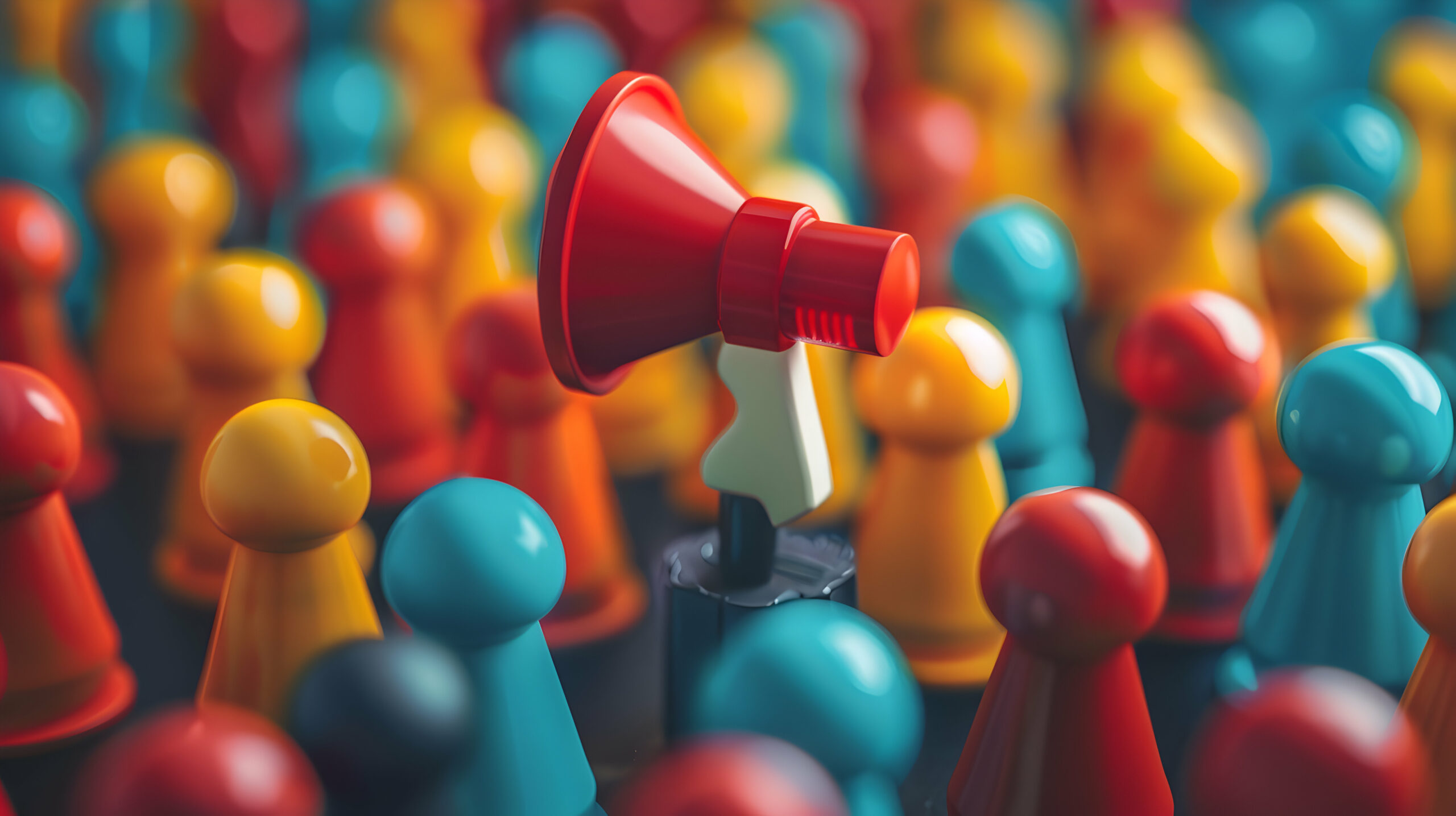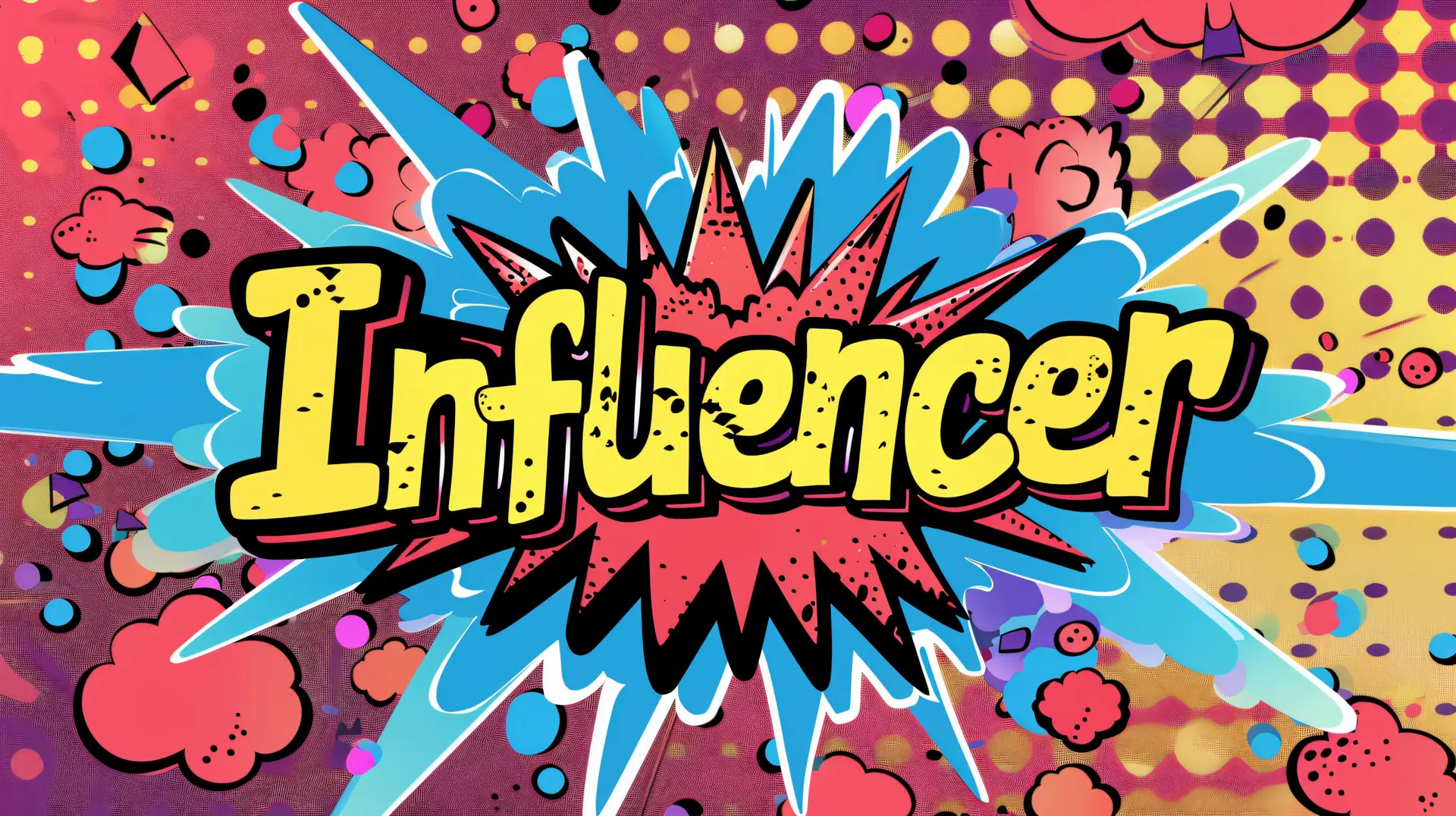
Exploring the Benefits of Influencer Marketing
What is Influencer Marketing?
Influencer marketing is a powerful strategy that leverages the reach and credibility of individuals with a dedicated following to promote products, services, or brands. Unlike traditional advertising, which often feels impersonal, influencer marketing thrives on the personal connection influencers have with their audiences. It has evolved significantly over the years, transitioning from traditional celebrity endorsements to collaborations with social media influencers who are often more relatable and accessible to everyday consumers.
The rise of social media platforms like Instagram, TikTok, and YouTube has democratized influence, allowing everyday individuals to build massive followings based on their expertise, creativity, or personality. Today, influencers are categorized into four main types: nano, micro, macro, and mega influencers. Nano influencers (1,000–10,000 followers) are known for their hyper-niche audiences and high engagement rates. Micro influencers (10,000–100,000 followers) strike a balance between reach and relatability, making them ideal for targeted campaigns. Macro influencers (100,000–1 million followers) offer broader reach, while mega influencers (1 million+ followers) often include celebrities with global recognition. Each type of influencer brings unique advantages, allowing brands to tailor their campaigns to specific goals and audiences.
Table of Contents
Building Authentic Connections with Target Audiences

One of the most compelling benefits of influencer marketing is its ability to foster authentic connections with target audiences. Unlike traditional advertisements, which can feel forced or overly polished, influencer content often feels genuine and relatable. Influencers build trust with their followers by sharing personal stories, experiences, and recommendations, creating a sense of community that brands can tap into.
Relatability is a key factor in this dynamic. For example, a fitness influencer sharing their journey to a healthier lifestyle can inspire their audience to try a new workout program or supplement. This authenticity is what makes influencer marketing so effective—consumers are more likely to trust recommendations from someone they admire and relate to than from a faceless brand.
Successful campaigns often leverage this trust to drive engagement. For instance, skincare brands like Glossier have partnered with micro influencers who share their personal skincare routines, creating a ripple effect of trust and interest among their followers. By aligning with influencers who genuinely believe in their products, brands can create campaigns that feel organic and resonate deeply with their target audience.
Expanding Brand Reach and Visibility
Influencers are experts at reaching niche and highly engaged audiences, making them invaluable for brands looking to expand their visibility. Whether it’s a beauty brand targeting makeup enthusiasts or a tech company appealing to gamers, influencers can connect brands with the right audience in a way that traditional advertising often cannot.
The multiplier effect of influencer content is another significant advantage. When an influencer shares a post, their followers often engage with it through likes, comments, and shares, amplifying the content’s reach far beyond the influencer’s immediate audience. This organic sharing creates a snowball effect, increasing brand visibility and awareness.
Platform-specific influencers also play a crucial role in expanding reach. For example, TikTok influencers are known for creating viral trends, while Instagram influencers excel at visually appealing content. YouTube influencers, on the other hand, often provide in-depth reviews and tutorials, making them ideal for brands that require detailed product demonstrations. By choosing the right platform and influencer, brands can maximize their visibility and impact.
Boosting Credibility and Social Proof

Influencer endorsements act as powerful social proof, signaling to consumers that a product or service is worth their attention. This psychological phenomenon is rooted in the idea that people are more likely to trust a product if they see others—especially those they admire—using and endorsing it.
The impact of social proof is amplified when the influencer is perceived as an expert in their niche. For example, a tech influencer reviewing a new gadget lends credibility to the product, as their followers trust their expertise. Similarly, a fashion influencer showcasing a clothing line can make the brand more appealing to style-conscious consumers.
Case studies abound of brands that have successfully boosted their credibility through influencer partnerships. For instance, Daniel Wellington, a watch brand, built its reputation almost entirely through influencer marketing. By partnering with influencers across various niches, the brand created a sense of desirability and trust, ultimately driving sales and brand loyalty.
Driving Conversions and ROI

One of the most measurable benefits of influencer marketing is its ability to drive conversions and deliver a strong return on investment (ROI). Unlike traditional advertising, which often struggles to attribute sales to specific campaigns, influencer marketing allows brands to track performance through unique discount codes, affiliate links, and analytics tools.
Influencer campaigns are also cost-effective, especially when compared to traditional advertising methods like TV commercials or print ads. Micro and nano influencers, in particular, offer high engagement rates at a fraction of the cost of partnering with mega influencers or celebrities. This makes influencer marketing accessible to brands of all sizes, from startups to global corporations.
To maximize ROI, it’s essential to track key performance indicators (KPIs) such as engagement rates, click-through rates, and conversion rates. By analyzing these metrics, brands can refine their strategies and ensure their campaigns deliver tangible results.
Enhancing Content Creation and Diversification
Influencers are not just marketers; they are also content creators. Their ability to produce high-quality, engaging, and creative content is one of the most valuable aspects of influencer marketing. From stunning visuals to entertaining videos, influencers bring a fresh perspective that can elevate a brand’s content strategy.
Brands can also repurpose influencer-generated content for other marketing channels, such as email campaigns, social media ads, and website banners. This not only extends the lifespan of the content but also ensures a consistent brand message across platforms.
For example, a travel brand might collaborate with influencers to create breathtaking photos and videos of exotic destinations. These assets can then be used in promotional materials, further amplifying the campaign’s impact. By integrating influencer content into their broader marketing strategy, brands can achieve a cohesive and compelling narrative.
Staying Relevant in a Competitive Market
In today’s fast-paced digital landscape, staying relevant is a constant challenge for brands. Influencer marketing offers a solution by helping brands align with current trends and consumer values. Whether it’s sustainability, inclusivity, or wellness, influencers often serve as cultural barometers, reflecting what matters most to their audiences.
By partnering with influencers who embody these values, brands can demonstrate their commitment to issues that resonate with consumers. For example, a beauty brand collaborating with influencers who advocate for cruelty-free products can strengthen its appeal to ethically conscious consumers.
Influencers also play a crucial role in keeping brands top-of-mind. Their frequent posts and stories ensure that a brand remains visible and relevant, even in a crowded marketplace. This consistent presence can make all the difference in a consumer’s decision-making process.
Tips for Creating a Successful Influencer Marketing Strategy

Creating a successful influencer marketing strategy requires careful planning and execution. Start by identifying the right influencers for your brand. Look for individuals whose values, audience, and content align with your goals. Tools like influencer marketing platforms can help streamline this process.
Set clear goals and expectations for your campaigns. Whether you’re aiming to increase brand awareness, drive sales, or boost engagement, having defined objectives will guide your strategy and make it easier to measure success.
Maintaining long-term relationships with influencers is another best practice. Building a partnership based on mutual trust and respect can lead to more authentic and impactful campaigns. Regular communication and collaboration are key to fostering these relationships.
Overcoming Challenges in Influencer Marketing
While influencer marketing offers numerous benefits, it’s not without its challenges. Issues like fake followers, influencer fraud, and misaligned partnerships can undermine a campaign’s effectiveness. To mitigate these risks, brands should thoroughly vet influencers, analyzing their engagement rates, audience demographics, and past collaborations.
Transparency is also crucial. Ensure that influencers disclose their partnerships in compliance with advertising regulations. This not only builds trust with the audience but also protects the brand from potential legal issues.
Finally, clear communication and detailed contracts can help prevent misunderstandings and ensure that both parties are aligned on campaign goals and deliverables.
The Future of Influencer Marketing
 As we step into 2025, influencer marketing continues to evolve, integrating AI, data-driven insights, and new content formats. A strong marketing strategy in 2025 will leverage micro-influencers, interactive content, and performance-based collaborations to maximize engagement and ROI. Are you ready for the next wave of digital marketing?
As we step into 2025, influencer marketing continues to evolve, integrating AI, data-driven insights, and new content formats. A strong marketing strategy in 2025 will leverage micro-influencers, interactive content, and performance-based collaborations to maximize engagement and ROI. Are you ready for the next wave of digital marketing?
The influencer marketing landscape is constantly evolving, with new trends and technologies shaping its future. Virtual influencers, AI-driven campaigns, and live shopping are just a few of the innovations gaining traction. These trends offer exciting opportunities for brands to engage with audiences in novel ways.
Micro and nano influencers are also expected to play an increasingly important role, particularly in niche markets. Their ability to connect with highly specific audiences makes them invaluable for brands looking to target particular demographics.
To stay ahead, brands must remain adaptable and open to experimentation. By embracing emerging trends and technologies, they can continue to leverage the power of influencer marketing in an ever-changing digital world.
Frequently Asked Questions
What is the influencer marketing?
Influencer marketing is a form of digital marketing where brands collaborate with individuals who have a strong online presence and engaged audience. These influencers promote products or services through their social media channels, blogs, or other digital platforms to drive brand awareness, credibility, and sales.
What are the 3 R's of influencer marketing?
The 3 R’s of influencer marketing are:
- Relevance – The influencer’s content aligns with the brand’s industry, audience, and values.
- Reach – The size of the influencer’s audience and their ability to amplify a brand’s message.
- Resonance – The level of engagement and trust the influencer has with their followers, impacting conversion rates.
How much do influencer marketers make?
Influencer earnings vary based on follower count, engagement, platform, and industry. On average:
- Nano-influencers (1K-10K followers): $10-$100 per post
- Micro-influencers (10K-100K followers): $100-$500 per post
Macro-influencers (100K-1M followers): $500-$10,000 per post - Mega-influencers (1M+ followers): $10,000+ per post
Factors such as brand collaborations, affiliate marketing, and long-term partnerships can increase earnings.
How to get into influencer marketing?
- Choose a niche that aligns with your expertise and interests.
- Create high-quality content consistently across social media platforms.
- Engage with your audience and build a loyal community.
- Network with brands by tagging them and using relevant hashtags.
- Join influencer marketing platforms and pitch to brands for collaborations.
- Track performance metrics to showcase value to potential brand partners.
